Plastic-Munching Caterpillars: The Key to Reducing Plastic Waste?
- chloe9091
- Aug 8, 2022
- 3 min read
With all the fancy technology that we have, you would think it was possible for us to do something about plastic pollution, considering it was a problem we created. But it’s not. Luckily, our planet works in mysterious ways. So what if we told you that there is a way to get rid of plastic, not with technology, but with simple biology?
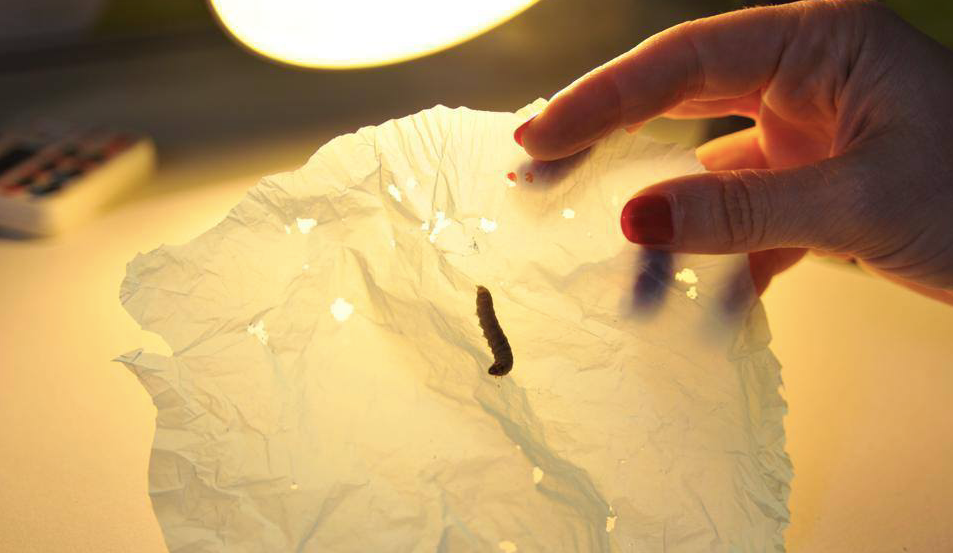
Is There A Solution?
With the plastic pollution crisis continuing to rise, there is finally a potential solution that lies in a type of worm that can biodegrade plastic. Introducing waxworms - the plastic-munching caterpillars! Waxworms are the caterpillar larvae of wax moths and were just thought of as fishing bait…until now.
The Breakdown of Plastic
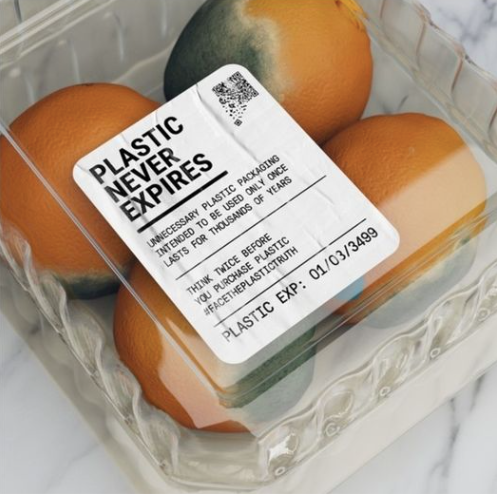
The most common form of plastic that we use contains polyethylene (PE), a type of plastic that is extracted from petroleum. PE makes up for over 40% of all plastic items - from the toys, our kids play with, to the plastic bags we use every time we go get some groceries. As we know, these plastic items can take over 400 years to decompose. Due to its chemical composition, the only way that PE can be disposed of is through incinerations, chemical degradations, and into our landfills, all of which are harmful to the environment.
However, if we remember science class, every chemical composition can be broken down into its basic components with the right process. So what is that process?
How Can These Caterpillars Munch on Plastic?
These gross-looking worms have a solution - and it is found within their body’s physiology. Wax moths lay their eggs within beehives, where they normally live and feed on the beeswax. Both polyethylene and beeswax are made up of similar chemical bonds. Coincidence? I think not!
So if PE has common chemical properties to beeswax, and waxworms consume beeswax, then theoretically, that means that waxworms can break down PE, right? EXACTLY! Coincidence? I think not! This is where scientists discovered the connection between man-made plastic and the wonders of nature.
This whole process happens in their gut! Waxworms have intestinal microbes, meaning they have billions of teeny tiny bacteria in their gut. It’s these microbiotas that play a key role in the PE biodegradation process. Researchers found that there was actually a “microbial abundance” in the waxworms when they consumed plastics, compared to their regular diets of beeswax. When this breakdown occurs, the polyethylene metabolizes into glycol - otherwise known as alcohol.
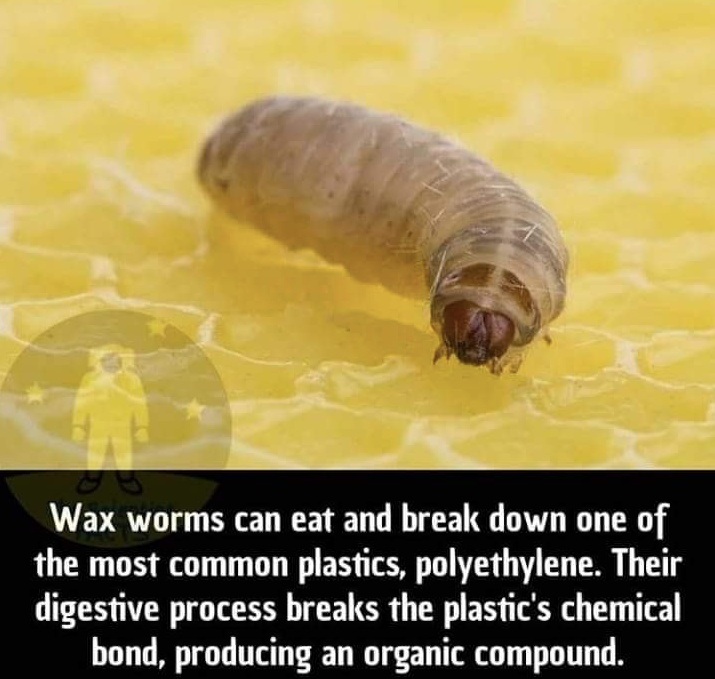
Science aside, what does all this even mean? Well.. evolution pretty much one-upped us on this one - a worm to decompose the plastic we created and then turn it into alcohol. Good work Mother Nature!
So What Can These Little Guys Do?
In a lab with 60 waxworms, they can eat more than 30 square centimetres of a plastic bag in less than a week, with the majority of the decomposition process occurring in the first few days!
Is This More Than a Novel Solution?
Although this is promising news, it does not mean that waxworms are the one-and-only solution to plastic pollution. Scientists still have years of studying these species to really understand how the polyethylene degradation process works. However, further research has the potential to identify and exploit the enzyme that is directly involved in this chemical breakdown. If we manage to do this, then yes, we can use it on a greater scale to decompose more plastic than just a singular plastic bag.
Humans Meet Waxworms, Waxworms Meet Humans
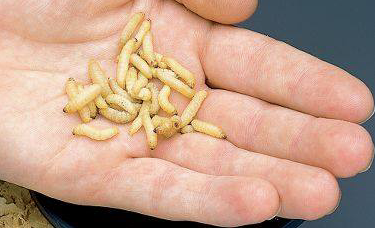
The solution to solving the plastic pollution crisis requires a lot more than a couple of worms. It requires the attention of each and every one of us, along with the collaboration of many powerful industries. However, there is great potential for this biochemical solution, and it is becoming more and more promising as we speak.
Each of us has the potential to make a great difference if we change our ways, so let’s help these worms out by giving them a head start!

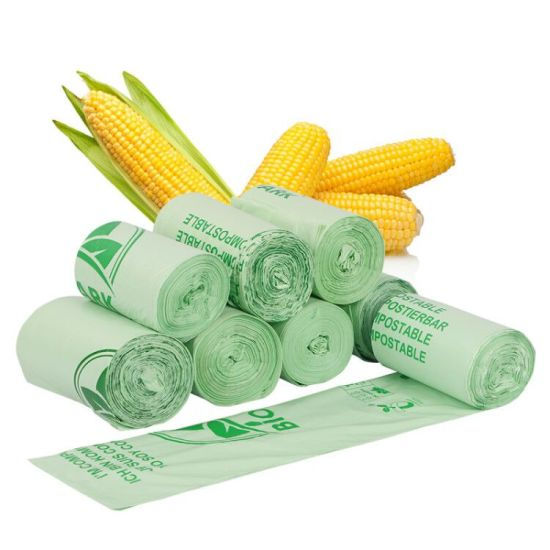


Comments